Belkin today introduced a certified Lightning to 3.5mm audio cable, and announced that pre-orders will begin on its website today.
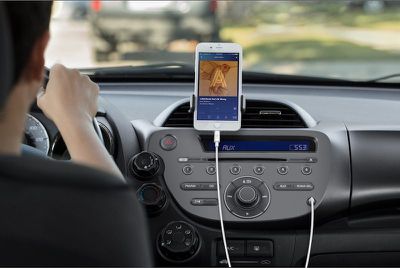
The cable has a male Lightning connector on one end and a 3.5mm output on the other, allowing iPhone models that lack a headphone jack to be connected to a car stereo via the AUX port without the need for any adapters.
The cable can also be used to connect an iPhone to other products with 3.5mm inputs, ranging from home speaker systems to over-ear headphones. This is possible because the cable has a built-in digital-to-analog converter.
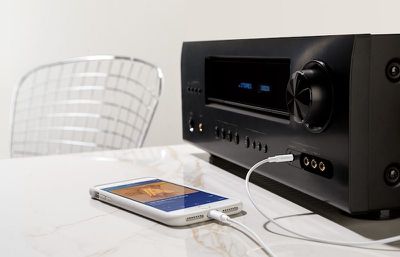
Lightning to 3.5mm audio cables have been available for several years, but Belkin's edition is certified by Apple under its MFi Program, which was recently expanded to include specifications for this type of cable.
Belkin's cable will be available in a three-foot length for $29.99 or in a six-foot length for $34.99 in the United States, with prices varying elsewhere. In addition to pre-orders on Belkin.com, the cables will available in the coming weeks at Apple Stores, Best Buy, Target, and select other retailers worldwide.
For a pricing comparison, Master & Dynamic recently released an Apple-certified Lightning to 3.5mm audio cable with an in-line microphone for $69.




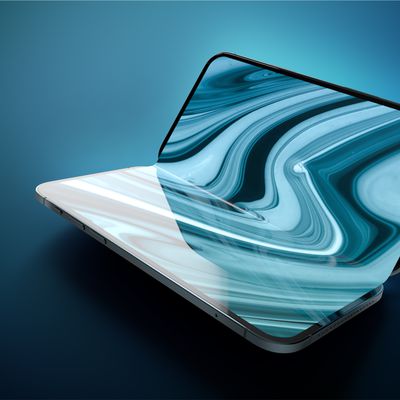


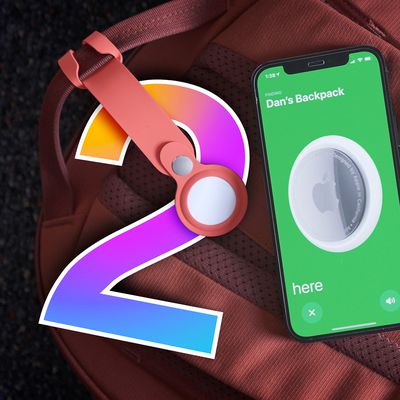

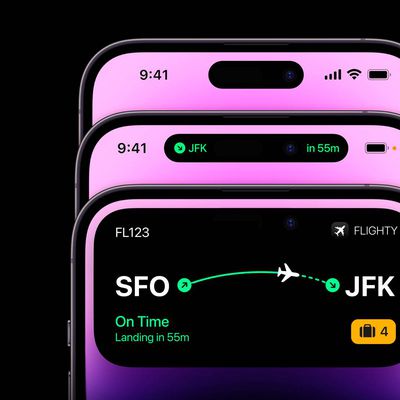

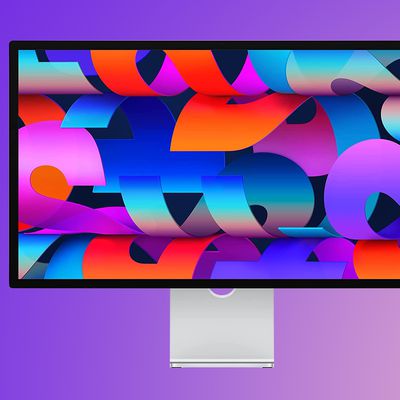









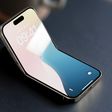
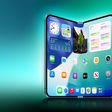



Top Rated Comments
For transporting an audio signal over good distances, maintaining a digital stream certainly has merit. But that does not apply to this situation. A distance of only an inch or two matters not. And since there is still a DAC inside the phone so it can function as a phone, this "innovation" created a redundancy requirement that binds an external wired option to a proprietary jack that Apple controls (thus the relatively high price of this product).
Anyone believing that Lightning or Bluetooth is better ALREADY had both options while iPhone still had a headphone jack too. The latter did not have to go to make either of the former function- they already functioned. As consumers, we simply lost something very useful (if nothing else, the ultimate backup option if either "the future" options failed us by loss, forgetting to charge, etc). And now we can spend money to try to get some of its benefits back while cutting Apple in for Lightning licensing gains too.
When Apple removed the floppy disk drive from computers file sizes had grown way beyond the 1.44 MB file size that floppy disks could store, and read/write CD’s and DVD’s were included with computers. When they got rid of DVD’s USB flash drives were cheap and commonplace. When they didn’t support Flash files on iPhones it was because Flash software didn’t work very well on mobile devices and it was also a large security risk. I bought my first smartphone at this time and it was an Android because it ‘supported’ Flash web pages. Like hell it did. Even Android finally admitted that Flash was a buggy unreliable security risk that was difficult to get working on mobile devices.
The 3.5 mm Jack? Cheap, easily available and better quality sound than Bluetooth head sets costing 5 times more. And it works with anything made by almost anyone without needing a separate charger to recharge your battery powered Bluetooth device. And Apple hasn’t used the space freed up for some other device inside the phone. This “improvement’ wasn’t.
And I don’t know that Apple was the leader in removing all of the obsolete equipment that they have been credited with.
It's a reach to call it greedy. Apple has always pushed the envelope of technology, introducing new, better tech. When is a right time to do it, or not to do it? If we always stuck with older tech, imagine the world we'd be in today.
But I do agree that the price of these new accessories and cables is outrageous and unreasonable.